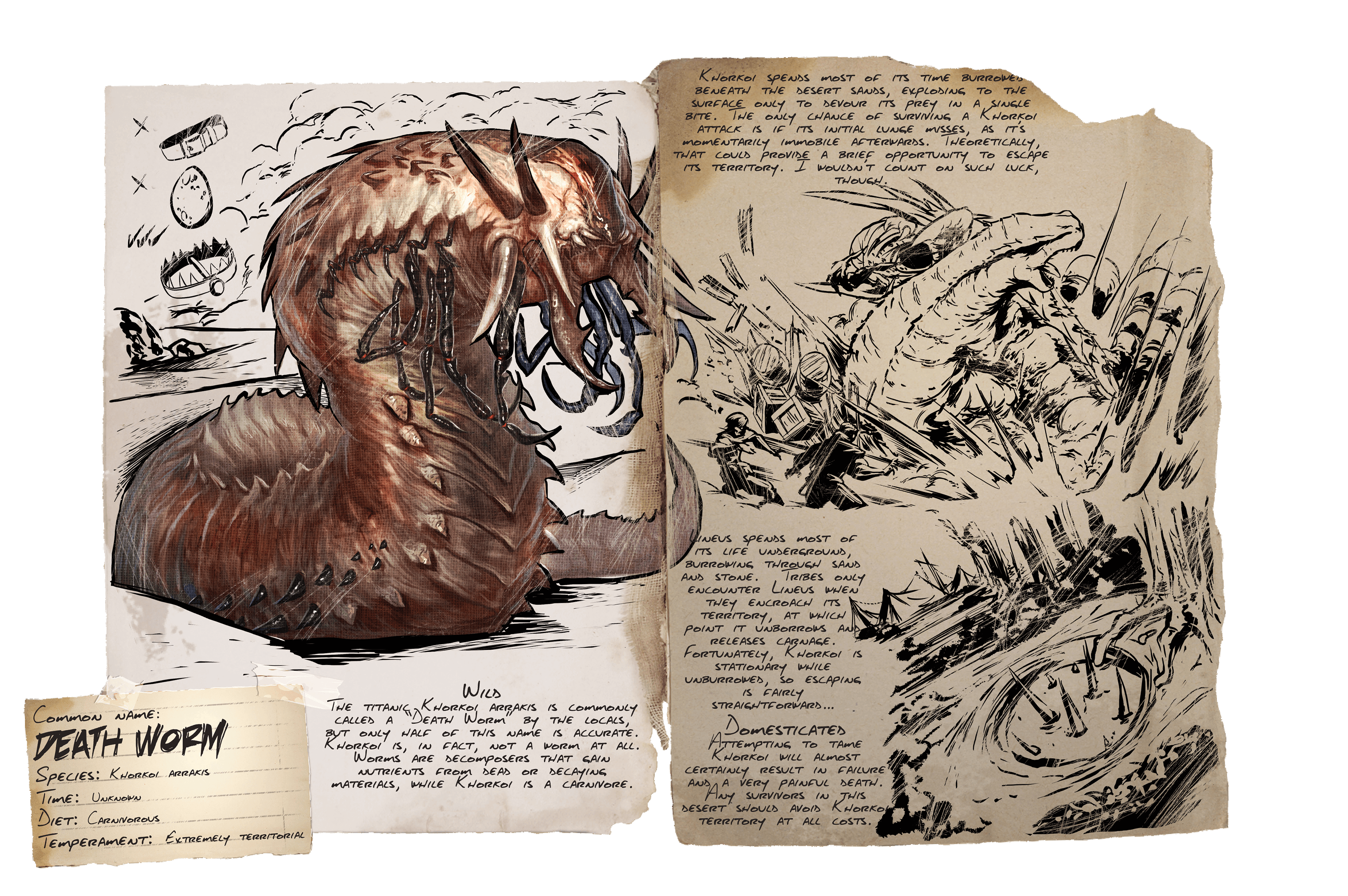
Health CertificateĪn official hard copy valid health certificate, written in English, is required for entry. The health certificate must be endorsed by a salaried national government veterinary official from the country of origin after it is signed by the examining veterinarian. Age of the horse and breeding status must be certified on the health certificate. The original hard copy bearing a unique certificate number veterinary health certificate should accompany the horse. Horses originally from the United States who have been in CEM-affected regions less than 60 days and are re-entering the United States are not required to undergo CEM testing provided they were not used for breeding and remained separate from other horses except to train and compete while in CEM-affected regions ( See supplementary certificate for U.S.

Horses being imported under any of these conditions will undergo standard import quarantine upon arrival in the U.S., including testing for dourine, glanders, equine infectious anemia and equine piroplasmosis. Deviations from this preplanned travel are only allowed if approved and amended to the import permit or in emergency situations.Īn import permit is required for CEM Waiver, CEM Exempt horses and for any horse that will undergo CEM post-arrival testing. The entire travel itinerary within the U.S. A signed compliance agreement is made between VS and the facility operator prior to APHIS VS issuing permits for import. APHIS VS monitors movements of these horses.

Temporary CEM-isolation facilities are arranged in advance of an event. USDA APHIS VS will monitor these horses while in the United States throughout their travels and at venues to restrict their access to domestic horses. These horses are limited to a stay under 90 days. under 90 daysĪ CEM Waiver for competition is available only for horses participating in specific competitions. Horses participating in competitions staying in the U.S. Requirements and Approval Procedures for Labs to Conduct CEM Testing If any tests are positive, the cultures, test breeding and treatment procedures are repeated until negative results are obtained. All cultures and CF results from the stallion and test mares must be negative in order for the stallion to be released from quarantine. Test mares are tested by CF between days 21-28 after breeding. Beginning on day 3 after breeding, culture swabs are collected from the test mare on 3 separate occasions over a 12 day period.

The stallion’s external genitalia will be scrubbed and coated with an antibiotic ointment for 5 days following test breeding. Testing of stallions consists of one set of culture swabs from the external genitalia, followed by live cover breeding to 2 test mares. If any tests are positive, the test and treatment procedure must be repeated until negative results are obtained. Culture swabs and CF results must be negative in order for the mare to be released from CEM quarantine. Testing of mares consists of an initial complement fixation (CF) blood test for CEM, and 3 sets of culture swabs over a 12 day period, followed by 5 days of scrubbing and coating with an antibacterial ointment of the external genitalia. Geldings of any age and non-domesticated zoo equine species, if captured in the wild or from a zoo facility that have not had contact with domestic horses, are exempt from CEM requirements. States Approved for Conducting CEM Testing Horses will be sent directly to an approved State CEM quarantine of the importer’s choice for this testing. These conditions apply to the country that you have selected.Īll stallions and mares over 731 days of age, and stallions and mare less than 731 days of age if ever used for breeding, must undergo CEM isolation and testing after completing the initial Federal import quarantine.

USDA APHIS considers certain countries to be affected with contagious equine metritis (CEM), a venereal disease of equine.


 0 kommentar(er)
0 kommentar(er)
